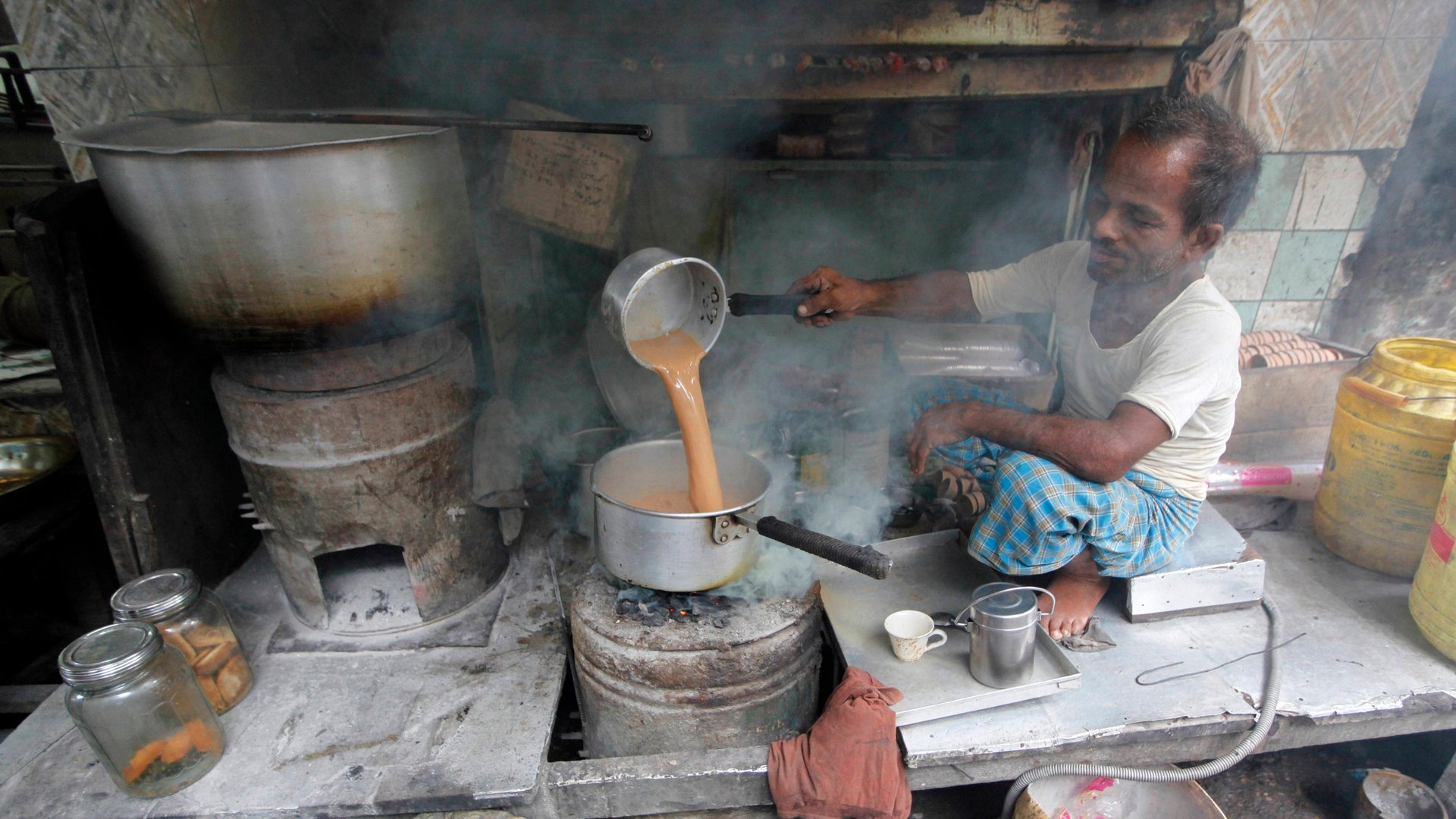A $75 million attempt to end indoor air pollution ended up siding with fossil fuels
Each year, more than 4 million people die prematurely from air pollution inside their own homes because they burn wood in inefficient cookstoves.


Each year, more than 4 million people die prematurely from air pollution inside their own homes because they burn wood in inefficient cookstoves.
In 2010, the Global Alliance for Clean Cookstoves—promoted by the likes of Hilary Clinton—was formed to combat this problem. A new investigation by ProPublica has found that, after spending more than $75 million, the effort has made little difference in the lives of people. So far, none of the cookstoves designed to burn wood cleanly work well enough. Instead, the alliance has admitted that affordable stoves that can cut indoor air pollution are those burning cleaner fossil fuels, such as propane.
Beyond food, water, and clothing, energy is a fundamental human need. In most poor countries, this energy is secured by burning wood collected from nearby shrubs or forests. The process doesn’t just produce greenhouse gases, but also soot. These fine particles of carbon are easily inhaled and lodged deep inside lung cavities, making the people benefiting from that energy vulnerable to diseases, like pneumonia. Indoor air pollution also leads to low birthweight in newborns.
One of the promises of the alliance was to build cookstoves that could burn wood more efficiently and thus drastically cut particulate emissions. To support the cause, the US government put up $50 million. A further $10 million was given by Germany and Norway. And even the oil giant Royal Dutch Shell’s philanthropic arm added some $13 million.
After spending many of those millions in grants to designers and academics, the alliance was able to offer some cookstoves but they hardly reduced particulate emissions. The evidence of the lack of benefits from the use of such cookstoves began piling up a few years into the program, ProPublica reported.
Cookstoves that burn some form of petroleum gas, such as propane, LPG, or CNG, are much cleaner. Among the multiple tiers of clean cookstoves, the ones burning petroleum gases are classed as the cleanest and thus capable of providing maximum health benefits. But despite the warnings of the lack of benefits from clean wood-burning cookstoves, the alliance persisted with its rollout of distributing 100 million of them. It was then hit with more bad news; the users of the cookstoves complained that cooking wasn’t as easy on them as it was on the open-fire ones that they used previously.
Once the win-win solution was proven to be a mirage, it became a problem. Should a philanthropically funded operation support fossil fuels? Burning propane produces greenhouse gases, which will eventually accelerate climate change, but in the short term it cuts particulate pollution, which will have immediate benefits on people’s health. “Renewable energy sounds sexy,” says Praveen Kumar, who works on environmental health at Boston College. “But right now, it cannot solve the challenge of providing energy to everyone.”
Officials of the alliance told ProPublica that they remain optimistic that truly clean wood-burning cookstoves can be designed. But looking at the slow progress, the alliance has finally begun offering gas-burning cookstoves on their website and newsletters.
A clean, renewable solution to the cooking needs of the poor would ideally be a solar-powered electric cookstove. It essentially combines three technologies: solar cells that generate electricity, batteries that store some of that electricity, and then that electricity is used whenever needed to run an induction cookstove. So far, however, the combo is too expensive to deploy. But that may change.
A team at the Indian Institute of Technology, Bombay recently won a competition for building a working “solar chulha” (the Hindi word for cookstove). Now, they have to make it cheaper.